Alice Warnier
July 3, 2024

If you work in industrial logistics, you’re always seeking ways to optimize your deliveries. Even if your industrial supply chain is relatively efficient, there’s always room for improvement. But where do you start? To optimize industrial deliveries, you need to implement effective strategies, iterate on what’s working and use the right tools and software to help you improve.
That’s where advanced delivery logistics platforms like Curri come in. Once you have a platform like Curri in your tech stack, you’ll be able to implement top best practices for industrial supply chain optimization so you can save time, resources and money. All while making clients and customers happier. So, let’s dive into some of the key strategies for optimizing industrial deliveries and find out how Curri can help.
Understanding industrial supply chain requirements
Before you can implement best practices for your routes and dispatches, it’s essential to understand the requirements of the industrial supply chain. From raw material procurement to the final delivery of finished products, every stage matters, and every stage can be optimized. Optimizing the entire supply chain can help products flow seamlessly and ensure a better process for everyone, including both employees and customers.
Understanding the requirements of your company’s supply chain involves identifying key processes, finding weaknesses, capitalizing on strengths and mapping out your supply chain to see where these areas of improvement are. In short, taking a holistic and comprehensive approach to improving the industrial supply chain is the best way to allocate resources effectively and ensure everything runs as smoothly as possible.
Once you have your supply chain mapped out, you can start implementing best practices to improve and optimize it. Let’s take a look at some of these best practices next.
Best practices for route and dispatch management
Route and dispatch management is a key aspect of the industrial supply chain. Optimizing route and dispatch management can significantly save time and resources by reducing transit times, reducing fuel consumption and improving the delivery process overall.
But, optimizing your routes and dispatches is easier said than done. It helps to have powerful software tools to analyze the factors that affect your routes and dispatch and gives you actionable solutions to improve them.
Driver training and safety programs
One of the best ways to improve and optimize deliveries is by investing in driver training and safety programs. This ensures that drivers have processes for ensuring reliable deliveries while also keeping themselves safe. Well-trained drivers know how to tackle complex routes, manage heavy loads and be prepared if something goes wrong.
Some of the skills drivers can learn from training and safety programs include defensive driving, how to properly secure loads, checking vehicles for issues and much more. In addition to ensuring your drivers stay safe and that deliveries make it on time, well-trained drivers also mean fewer accidents and a better reputation for the company. Reduced accidents and consistent deliveries also mean happier customers and lower insurance rates.
Efficient scheduling and load management
Efficient scheduling and load management can also significantly improve your industrial supply chain. If routes aren’t scheduled efficiently, deliveries can fall behind and drivers can quickly become overworked. Efficient delivery schedules prevent these bottlenecks and ensure that products and materials reach their destination on time.
Load management involves properly balancing loads to avoid overloading vehicles. Overloaded vehicles can lead to high fuel consumption and increased wear and tear on the vehicle. More importantly, overloaded vehicles can cause safety issues, which should be avoided at all costs. With the right software tools, you can optimize scheduling and manage loads effectively to reduce transit times and ensure vehicles are being used to their optimum capacity without overloading them.
Platforms like Curri can also offer flexible fleet options, like final-mile and hotshot deliveries. By implementing this into your scheduling, you can take these tricky deliveries off your fleet and optimize their schedules while still meeting customer expectations.
Driver route optimization
When drivers start their route, there are often numerous different paths they can take. Simply following a GPS or map app often isn’t the most efficient way to get to the destination. That’s where route optimization software can make a huge difference. Route optimization software, like Curri, can intuitively determine the best route that minimizes travel time, delays and fuel consumption.
You can also get in-depth metrics about your fleet, allowing you to get insights to further improve routes. Real-time notifications can also keep your customers in the loop, so they know exactly when to expect their delivery. Overall, route optimization not only improves delivery speed, it also enhances customer satisfaction and gives drivers the ability to make more deliveries. You can shave hours off delivery times by using data-driven software to make deliveries in the most efficient way possible.
Leveraging AI for vehicle routing
Artificial intelligence is now being used in nearly every modern industry, and it’s only becoming more accessible. AI can be used in the industrial supply chain in various ways, like vehicle routing. Leveraging AI for vehicle routing can help generate the most efficient routes based on data like traffic patterns, road conditions, historical delivery times and much more. AI is incredibly useful for analyzing and finding patterns in large amounts of data, making it the perfect addition to any supply chain software stack.
Leveraging AI in vehicle routings allows businesses to respond quickly to changes in delivery conditions, optimize routes, reduce fuel usage and much more. AI can also offer predictive analytics to help you stay on top of fleet maintenance and increase delivery reliability.
Platforms like Curri can also offer AI suggestions to utilize our hotshot services. AI can identify when a hotshot is a better and more efficient option than sending someone from your fleet who doesn’t have time for a final-mile delivery.
Sustainable fleet operations
Sustainable fleet operation should be prioritized by all modern industrial businesses. Along with helping reduce impact on the environment, sustainable fleet operation also increases operational efficiency while reducing costs. Using more fuel-efficient vehicles can save companies thousands of dollars in fuel, and optimized routes can reduce emissions while also reducing delivery times.
Alternative fuel options, like electric or hybrid vehicles, can further reduce emissions and delivery costs. Curri’s flexible fleet can also save you emissions and miles, deploying final-mile and hotshot drivers when needed.
Reduce costs with optimized transport
You may have noticed a trend from all of these best practices – they save your business money, especially in the long run. Optimized transport is a significant cost-saving effort that quickly adds up. Fewer vehicle breakdowns, route optimizations, reduced fuel consumption, minimal wear and tear on vehicles and all of these other factors can save a company a lot of money.
If you want to identify inefficiencies in your industrial delivery supply chain, improve your overall delivery operations and lower your operational costs, then it’s time to use a delivery logistics platform like Curri.
Learn more about Curri
Curri is an advanced, AI-powered delivery logistics solution that can help enterprises and local businesses alike. Curri offers full-featured logistics software paired with a nationwide network of carriers who can fill in the gaps in your delivery operation instantly. With an elastic fleet at your fingertips and logistics that give you in-depth metrics and insights into your operations, you’ll have everything you need to optimize your deliveries and dispatches. Ready to learn more? Book a demo with Curri today.










-min-min-min.png)
.png)

.jpeg)
-min.jpeg)
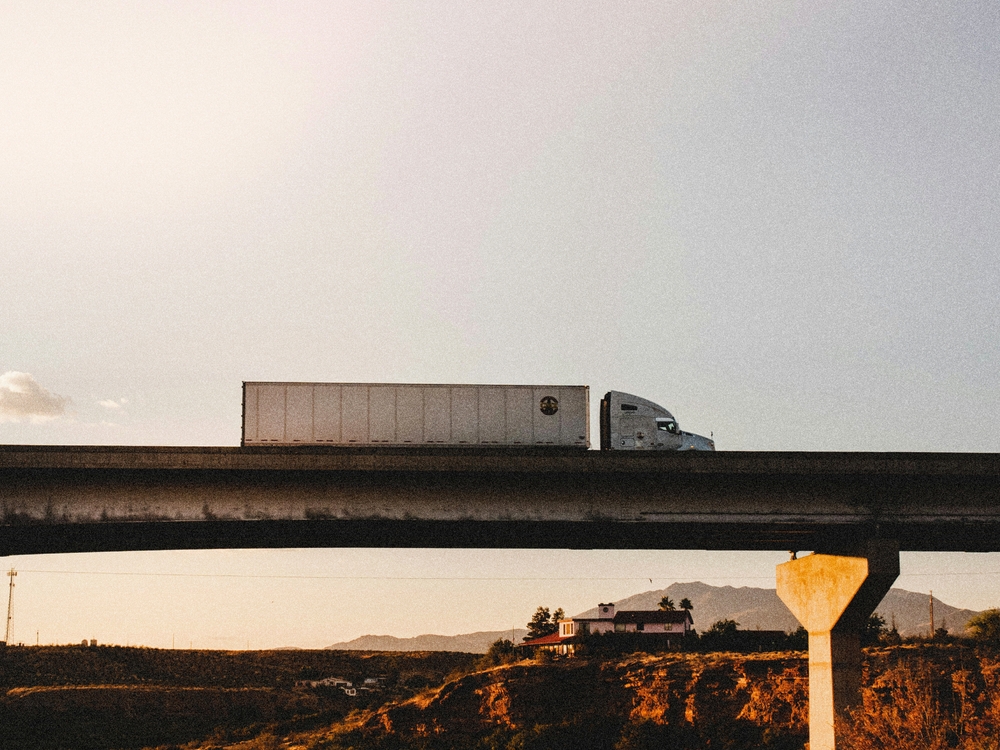

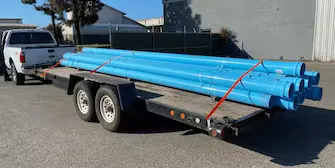
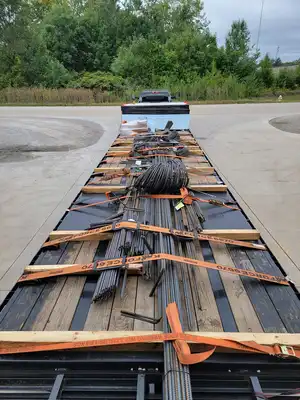


-min.webp)
.webp)



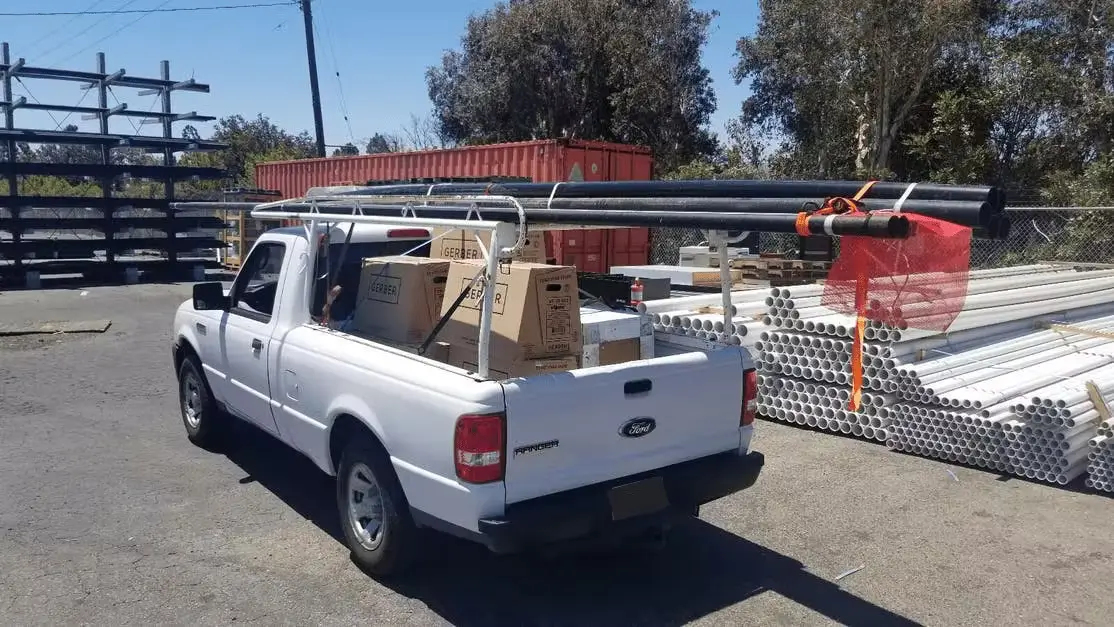

.webp)

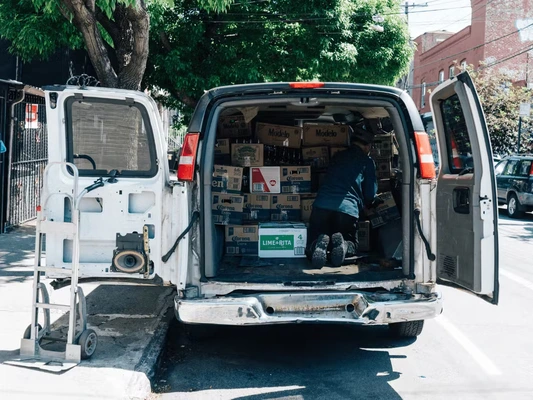


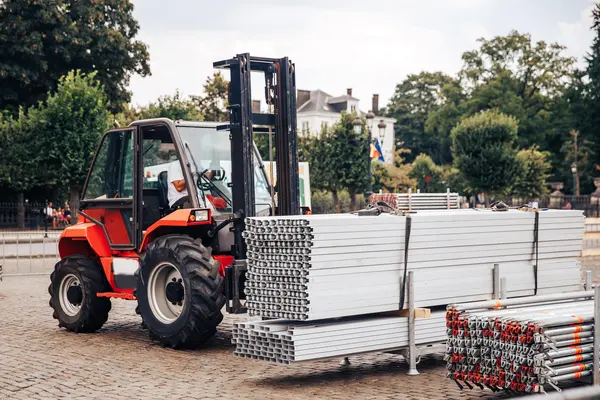
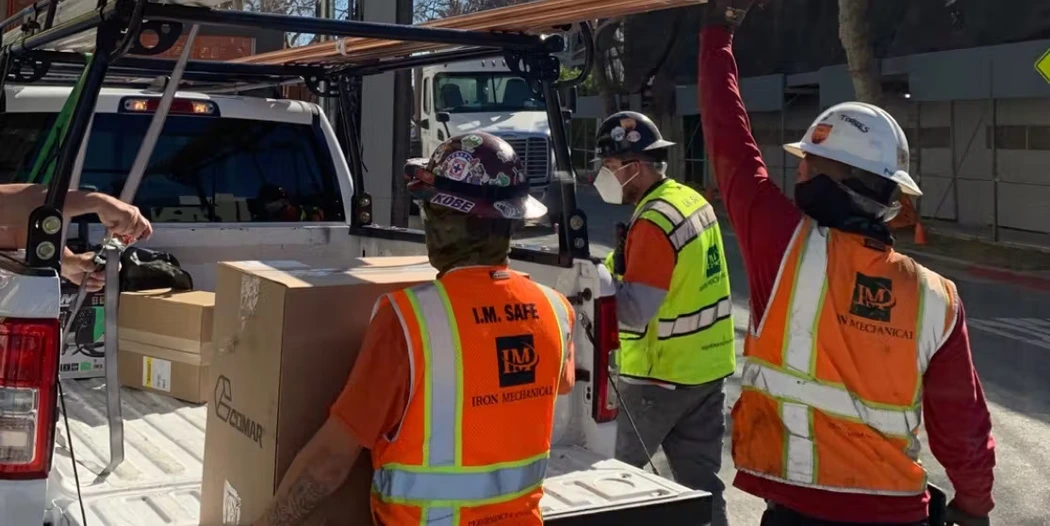
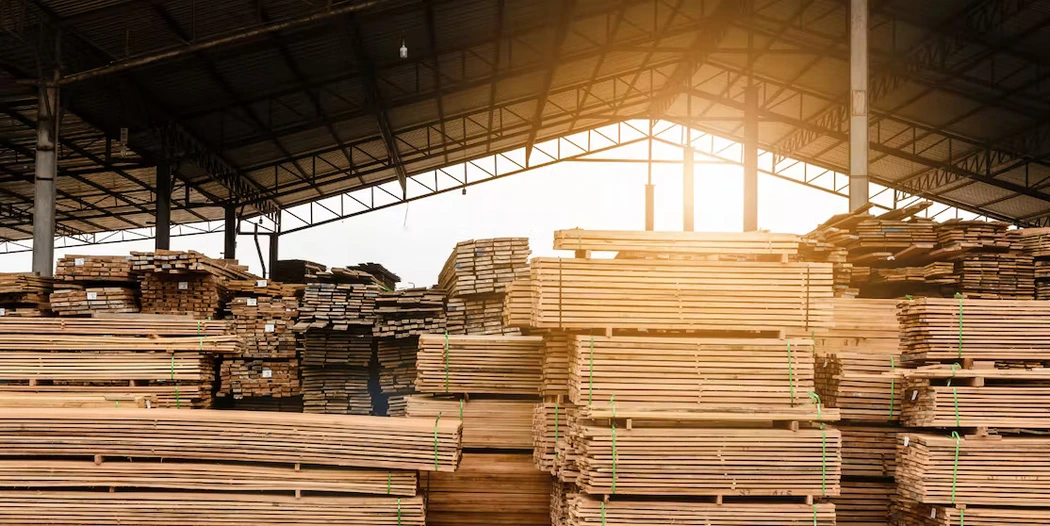





.webp)
-min.webp)


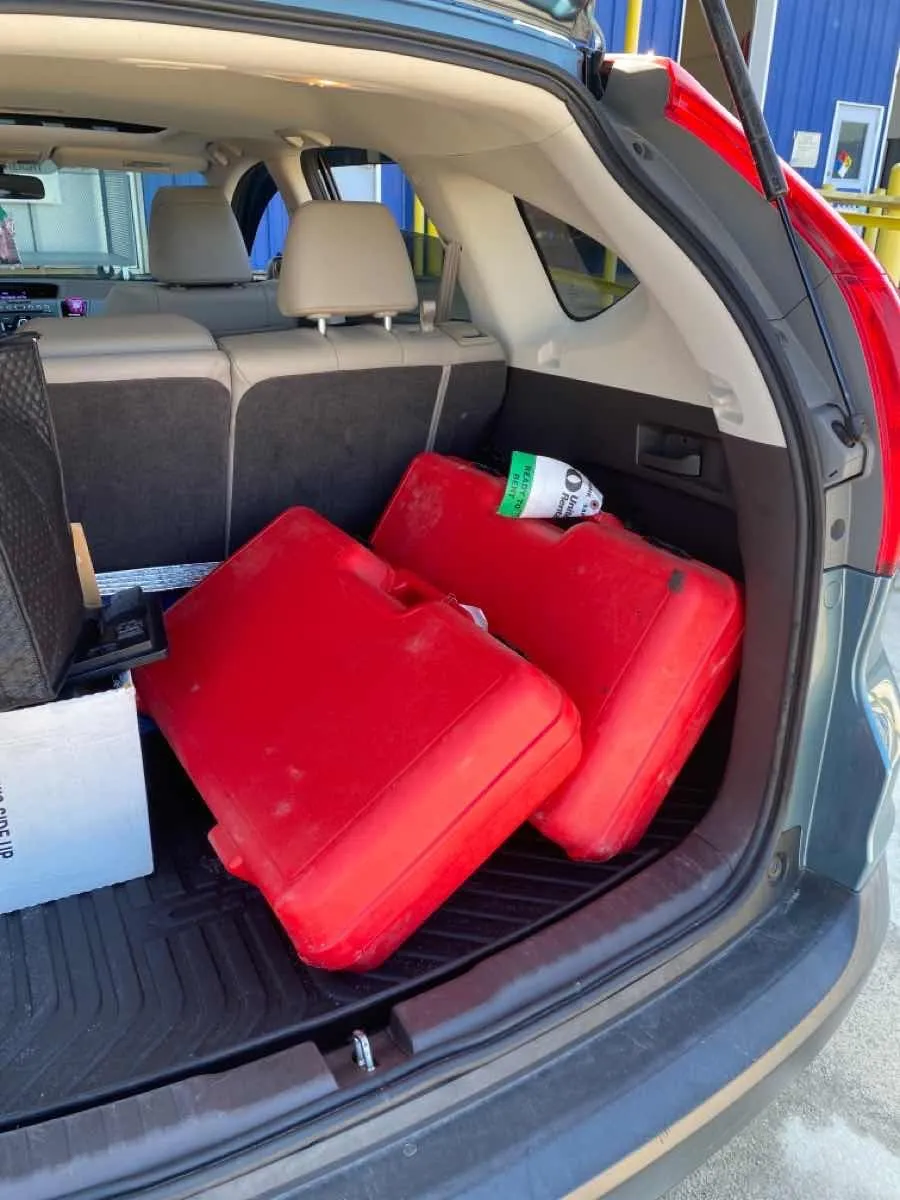

-min%2520(1).webp)



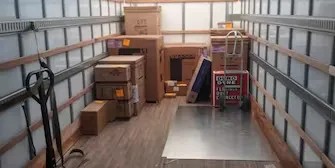

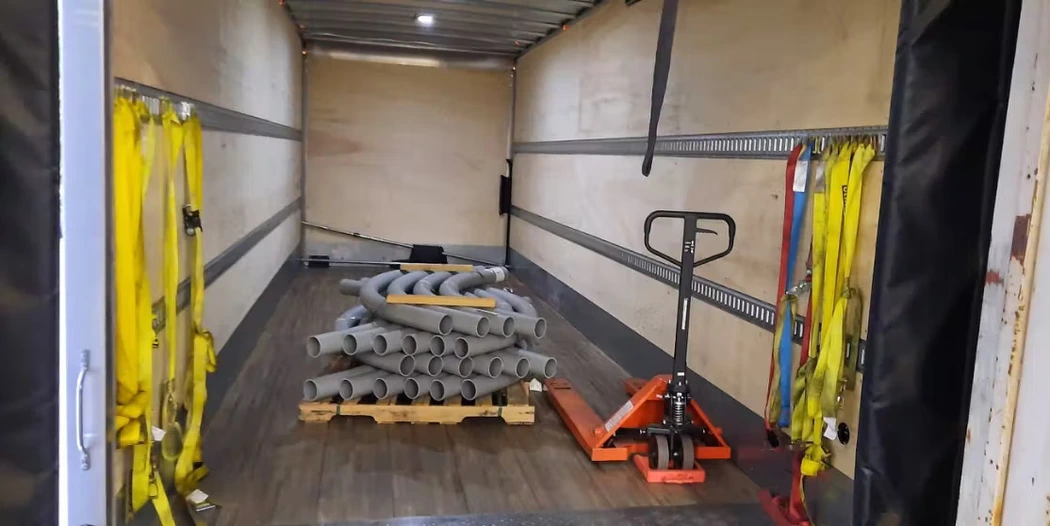
.webp)
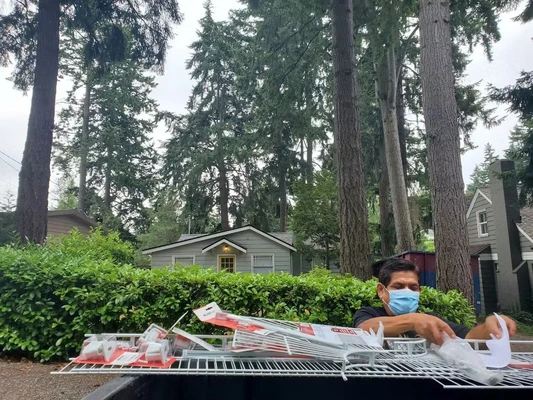



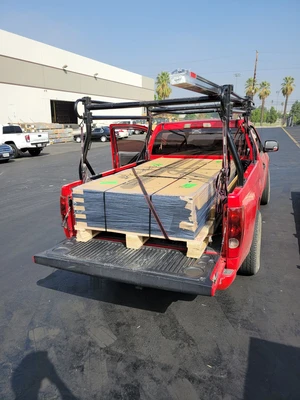


-min.webp)





.webp)
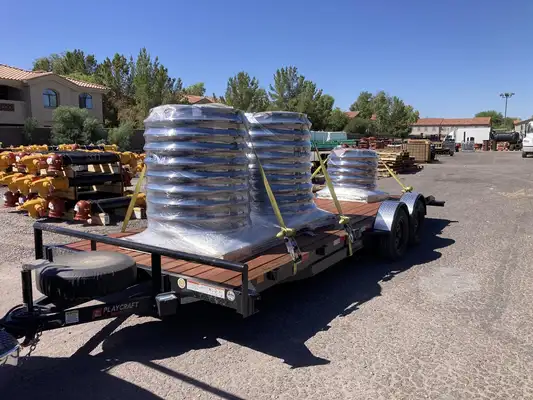
.webp)


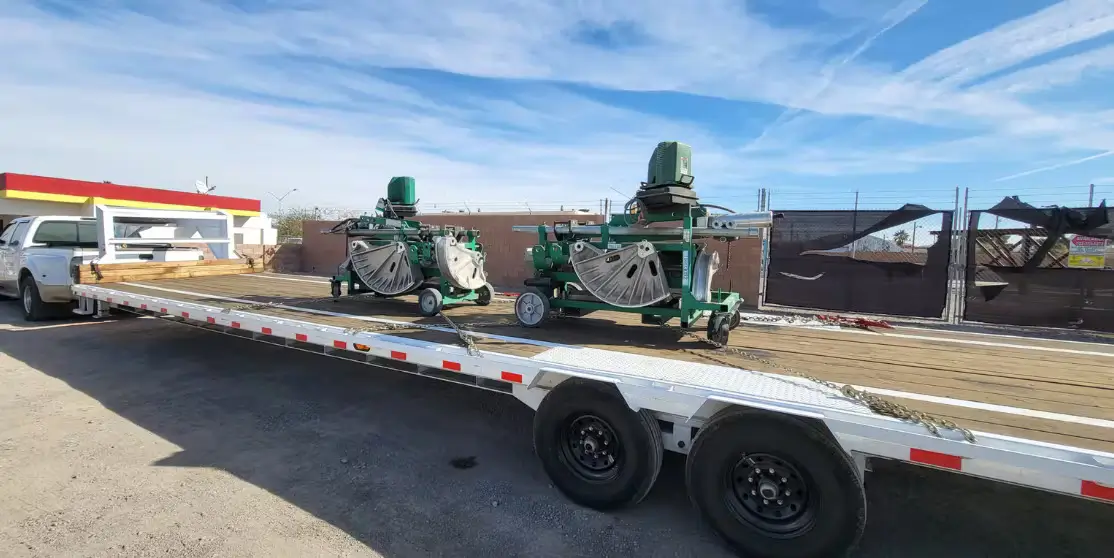
-min.webp)



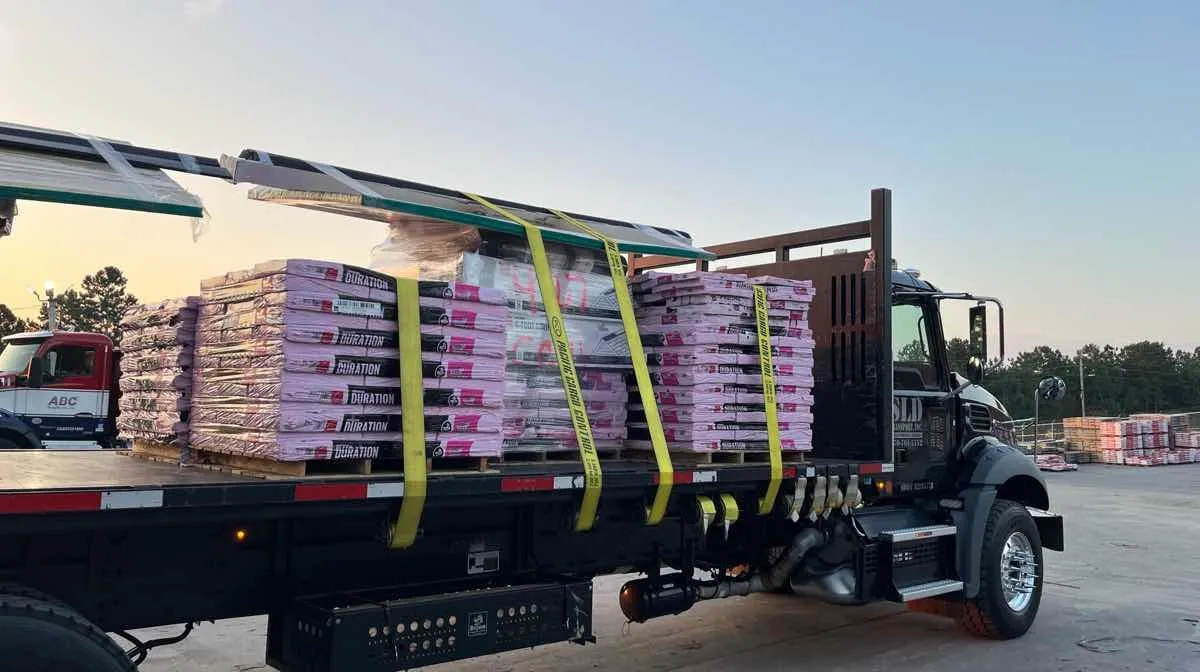
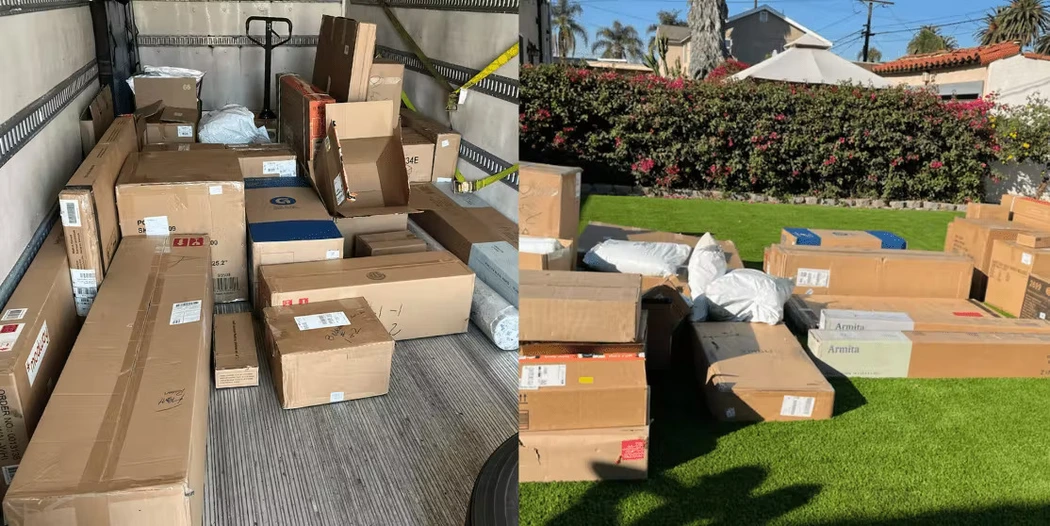
-min.webp)

.webp)
-min.webp)



.webp)

.webp)
.webp)
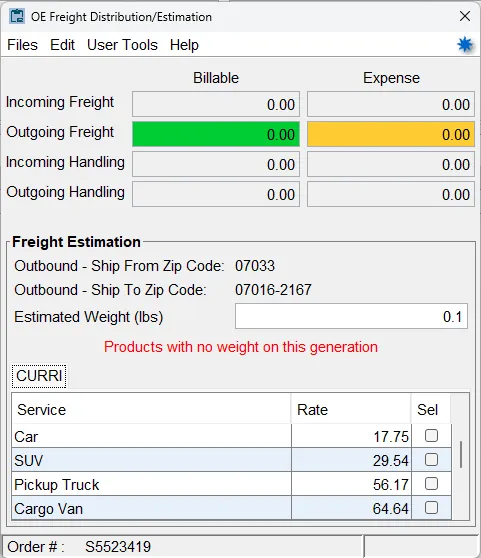
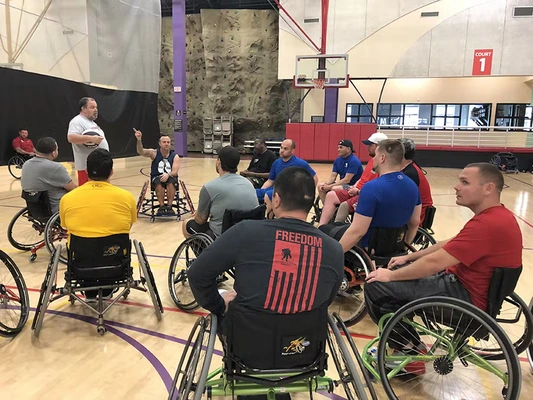
.webp)




-min.webp)

.webp)
.webp)
-min.webp)